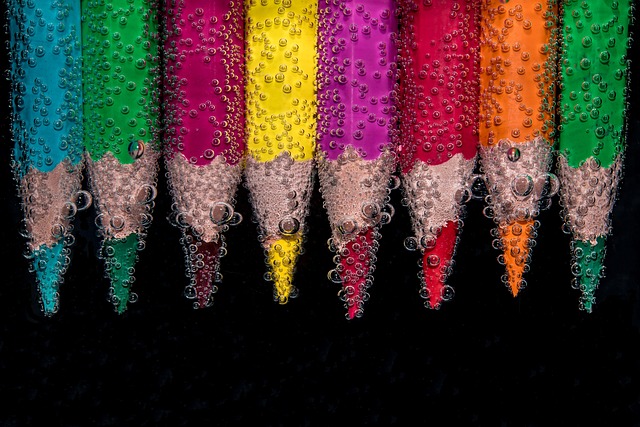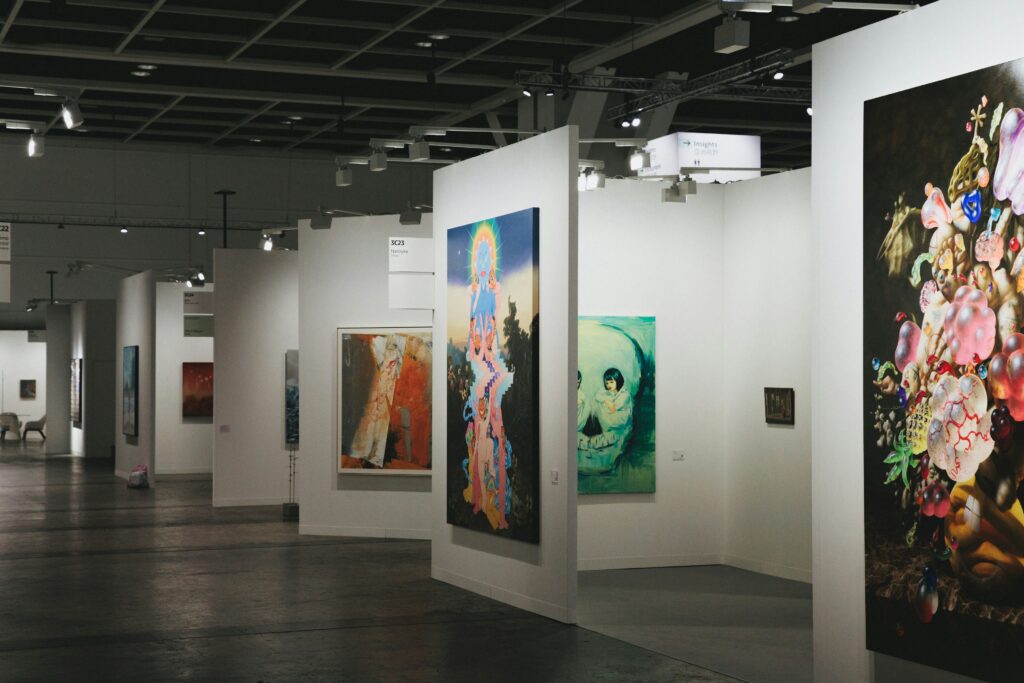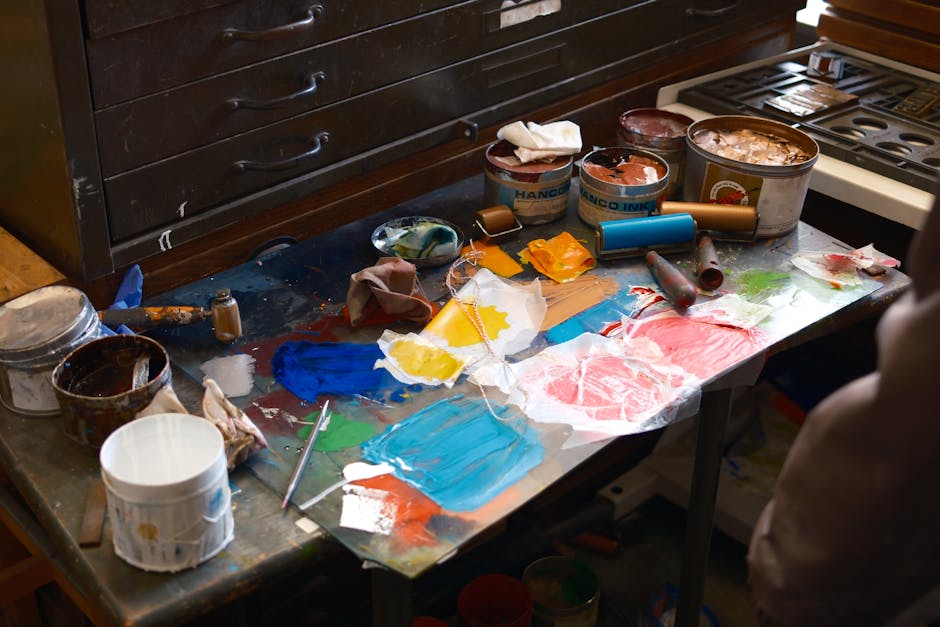Stripping Art Down to Ideas Over Aesthetics
Art isn’t just about what you see anymore. It’s about what you think. From the early 20th century to now, artists have been pushing hard against the idea that beauty or technical skill alone defines art. What matters more is the idea behind the work. The shift was never subtle, but it hit mainstream thought with one big moment: Marcel Duchamp putting a urinal in a gallery and calling it “Fountain.” That was 1917.
Since then, the concept-first mentality grew legs. In the 1960s and 70s, conceptual artists like Sol LeWitt and Joseph Kosuth argued that the idea itself could be the art. No brush needed. Fast forward to today, and you’ll find artists using spreadsheets, Instagram accounts, or even silence as their medium. It challenges what most people still expect from art: something pleasant to look at. But that’s the point. It makes you ask, what counts?
This evolution hasn’t just broadened what art can be. It’s forced critics, curators, and viewers to engage on new terms. And in an age of digital overload, where images are everywhere, the power of a strong idea may matter more than ever.
Conceptual Art Moves Global
Conceptual art is no longer confined to Western institutions. Artists from diverse regions are gaining international momentum, challenging traditional narratives and reshaping the global art landscape.
Emerging Voices from the Global South
A new wave of top conceptual artists from regions like China, Africa, and Latin America is gaining overdue recognition on the world stage. Their work often addresses local histories, post-colonial identities, and contemporary social issues, offering fresh perspectives through installation, video, and text-based practices.
- Chinese artists exploring memory, surveillance, and industrial legacies
- African conceptualists engaging with diaspora, tradition, and futurism
- Latin American voices highlighting resistance, labor, and the political body
The Role of Biennales and Art Fairs
International biennales and global art fairs are playing a key role in spotlighting these emerging narratives. These platforms provide critical spaces for artists to present thought-driven installations that prioritize concepts over commodities.
- Venice Biennale and Documenta broadening curatorial inclusivity
- Art Basel and Frieze incorporating more non-Western perspectives
- Regional biennales like Dakar and São Paulo shaping global dialogues
Shifting Market Dynamics
Collectors and institutions are adapting to a more idea-centric art market. Thought-led installations, mixed-media experiences, and socially engaged practices are gaining traction, both critically and commercially.
- Growing demand for experiential and immersive art
- Museums investing in long-term conceptual projects
- Private collectors seeking purpose-driven acquisitions
Further reading: Understanding the Globalization of Contemporary Art Markets
Art as commentary in a noisy, post-truth era
In a world saturated with headlines, spin, and endless scroll, art is cutting through the noise. Vloggers are joining visual artists, performance makers, and digital creatives in using their platforms to say something real—often raw, sometimes uncomfortable. This is not about shock value. It’s about clarity in confusion.
Global politics are tense. Definitions of identity are evolving publicly and fast. Technology is creating new realities as quickly as it disrupts old ones. Creators are responding not by backing off but by leaning into bigger ideas. From vlogs that dissect disinformation to visual experiments with AI ethics, conceptual storytelling is stepping forward.
Museums are paying attention. So are collectors. Even decentralized platforms and digital galleries are opening space for this kind of commentary. Because when everything starts to feel like noise, audiences are craving signals—humans who can channel the chaos into something that feels grounded, challenging, and worth watching.
NFTs, Audience Participation, and the New Layer of Vlogging
NFTs and blockchain tech are moving past their hype phase and slipping into something more interesting. Creators are no longer just minting digital trinkets for quick cash. Now, blockchain is becoming part of the concept itself—a way to build shared ownership and layered storytelling. Think digital passports to enter exclusive content arcs, or community-led decisions on what comes next in a vlog series.
At the same time, internet-native art and aesthetics are blending into vlog culture. Meme logic, remix culture, and absurdist humor aren’t just influence; they’re the backbone of some of the most creative content coming out today. It’s less about polish and more about a raw, evolving conversation with your audience.
VR and AR installations are also pushing the format. Some creators are setting up immersive meetups, story-driven walk-throughs, or collaborative spaces that blur the line between viewer and character. Vlogs aren’t just consumed anymore—they’re walked into, reacted to, shaped in real time.
This shift isn’t about abandoning the camera or classic editing. It’s about seeing your vlog not as a product but as a platform—a container that can adapt, expand, and invite participation in ways that go far deeper than likes or subs.
The Line Between Genius and Confusion Still Hotly Debated
Conceptual art doesn’t aim to please. That’s part of the point. But in 2024, the recurring question is louder than ever: is it brilliant or just baffling? Mainstream audiences still wrestle with work that prioritizes ideas over aesthetics. A banana taped to a wall, a performance piece that just stares back — they make people ask, “Are we being punked?”
For devoted fans, this tension is what makes conceptual art powerful. It invites discomfort, forces thought, and lives beyond the canvas or screen. But not everyone’s buying in. Online, opinions remain split. One person’s statement on consumerism is another’s overpriced mess. Platforms like Instagram and TikTok amplify both praise and ridicule, turning artists into lightning rods.
The truth is, this friction isn’t new. It’s baked into the genre. If conceptual art spoke clearly to everyone, it wouldn’t challenge much. But as lines blur between intention and execution, the risk is that the message gets lost. And when it does, viewers stop engaging. For artists playing this game, the challenge is staying provocative without becoming obscure for obscurity’s sake.
Hybrid Creativity is the New Norm
Vlogging in 2024 isn’t about picking a lane. It’s about building your own intersection. The most forward-looking creators are now mixing data analysis, social media fluency, performance tactics, and academic theory like it’s second nature. One day they’re breaking down trends with charts, the next they’re performing low-budget satire with high-impact messaging. The mix is messy, but it’s working.
What sets this wave apart is the younger artists driving it. They don’t see a barrier between protest, punchlines, and philosophy. A meme can carry a manifesto. A skit can spark debate. Many of these creators came up on social platforms where experimentation is survival. So now we’re seeing vloggers who can quote Deleuze and drag trolls in the same breath—without sounding like a lecture or a takedown.
Sure, attention spans feel like they’re circling the drain. But that hasn’t stopped bold ideas from finding traction. In fact, the pressure to be brief is sharpening how creative thinkers package depth. The future isn’t dumber, it’s just more distilled. And the ones who get that are building loyal followings one tight idea at a time.




